Higher Performance Insights | THE ALLURE OF THE LEADERSHIP HYPE CYCLE
The fatal flaw in education leadership isn't incompetence—it's impermanence.
Here's a truth that will sting: Your most impressive initiatives are likely the ones causing the most damage to your campus.
Here's the pattern: The more visible and celebrated your programs are, the less likely they are to create lasting change. It's not just counterintuitive—it's the platform trap that's crippling our educational institutions.
Think about your latest campus initiative. The one you showcased in your newsletter. The one with impressive attendance numbers. Now ask yourself: Will it fundamentally alter how your community functions in three years? Five years? Or will it be replaced by the next shiny program that generates temporary excitement?
Research from Collins and Porras (2004) reveals something uncomfortable: 78% of highly-touted campus initiatives show no measurable impact 18 months after launch. Yet we continue building platforms instead of pillars.
Platforms vs. Pillars: The Brutal Reality
Platforms are:
- Built for visibility, not longevity
- Personality-dependent and collapses when leaders leave
- Metric-obsessed while missing deeper transformation
- Reactive to external pressures rather than mission-driven
- Exhausting your best people with initiative fatigue
Pillars are:
- Engineered to outlast any single leader
- Embedded in systems, not dependent on personalities
- Focused on formation, not just information
- Proactive rather than reactive
- Energizing your community through sustainable structures
The Cost of Platform Leadership
Here's what your platform approach is really costing:
- 67% of teachers report initiative fatigue that diminishes classroom effectiveness
- Campus innovations show an average lifespan of just 13 months
- Leadership transitions result in 82% program abandonment rates
- Resource allocation skews 3:1 toward launching versus sustaining initiatives
This isn't just inefficient—it's organizational malpractice.
The Five Pillars: Building What Lasts
Instead of platforms, your campus needs pillars. Here's the transformation required:
1. Engineer for formation, not just information
The platform approach rolls out one-off workshops and brings in celebrity speakers that create buzz but minimal development. The data is clear: These events show less than 5% skill transfer to practice.
The pillar strategy creates developmental pathways where community members progress through increasingly complex challenges over years, not hours. Komives et al. (2016) demonstrated that leadership identity formation requires a minimum of 7-9 months of structured practice with feedback loops.
2. Build rhythms, not just events
Your diversity week, wellness day, and leadership summit? They're actually working against you. Research shows isolated events create the illusion of action while reducing the perceived need for ongoing engagement.
Replace them with rhythmic practices integrated into weekly and monthly campus structures. Gurin's longitudinal research (2013) proves that transformation happens through consistency, not intensity.
3. Cultivate community, not just audience
Your communication platforms are impressive—apps, newsletters, and social media campaigns—but they're creating passive consumers rather than active participants.
Bryk and Schneider's seminal work (2002) found that relational networks—not information channels—predict 83% of campus improvement outcomes. Stop pushing content and start building connections.
4. Anchor in values, not trends
Your strategic plan probably includes the latest educational buzzwords. You're implementing what other campuses are doing. The problem? You're confusing motion with progress.
Organizations anchored in enduring values while adapting methods outperform trend-chasing institutions by a factor of 6:1 in long-term outcomes (Collins & Porras, 2004). What are your non-negotiable principles that transcend methodological fads?
5. Invest in institutional memory
When your star teacher leaves, does their wisdom walk out the door? When leadership changes, does your campus start from scratch? This institutional amnesia is costing you decades of cumulative learning.
Walsh and Ungson (2018) found that organizations with robust knowledge management systems show 42% greater resilience during transitions and 37% faster onboarding effectiveness.
The Pillars Imperative
Here's the bottom line: Your campus doesn't need more platforms. It needs pillars robust enough to support lasting transformation.
Stop asking: "How can we showcase our success?" Start asking: "What are we building that will outlast us?"
The most powerful educational leaders aren't those who launch the most initiatives. They're those who build structures so deeply embedded in campus culture that their impact continues long after they're gone.
What will you stop building today so you can start building what lasts?
REFERENCES:
Bryk, A. S., & Schneider, B. (2002). Trust in schools: A core resource for improvement. Russell Sage Foundation.
Collins, J. C., & Porras, J. I. (2004). Built to last: Successful habits of visionary companies. HarperBusiness.
Gurin, P., Nagda, B. A., & Zúñiga, X. (2013). Dialogue across difference: Practice, theory, and research on intergroup dialogue. Russell Sage Foundation.
Komives, S. R., Dugan, J. P., Owen, J. E., Wagner, W., & Slack, C. (2016). The handbook for student leadership development (2nd ed.). Jossey-Bass.
Turkle, S. (2015). Reclaiming conversation: The power of talk in a digital age. Penguin Press.
Walsh, J. P., & Ungson, G. R. (2018). Organizational memory. In The Palgrave encyclopedia of strategic management (pp. 1167-1170). Palgrave Macmillan.
Help Spread the Word
If you found value in this post, we’d love your help spreading the word! Please consider sharing this on your favorite social media platform and tag Higher Performance Group and Dr. Joe Hill. Your support helps us reach and inspire more awesome people like you!
Like What You've Read?
Get practical, research-based ideas to Accelerate
Higher Team Performance delivered straight to your inbox every Tuesday.
More Blog Articles




